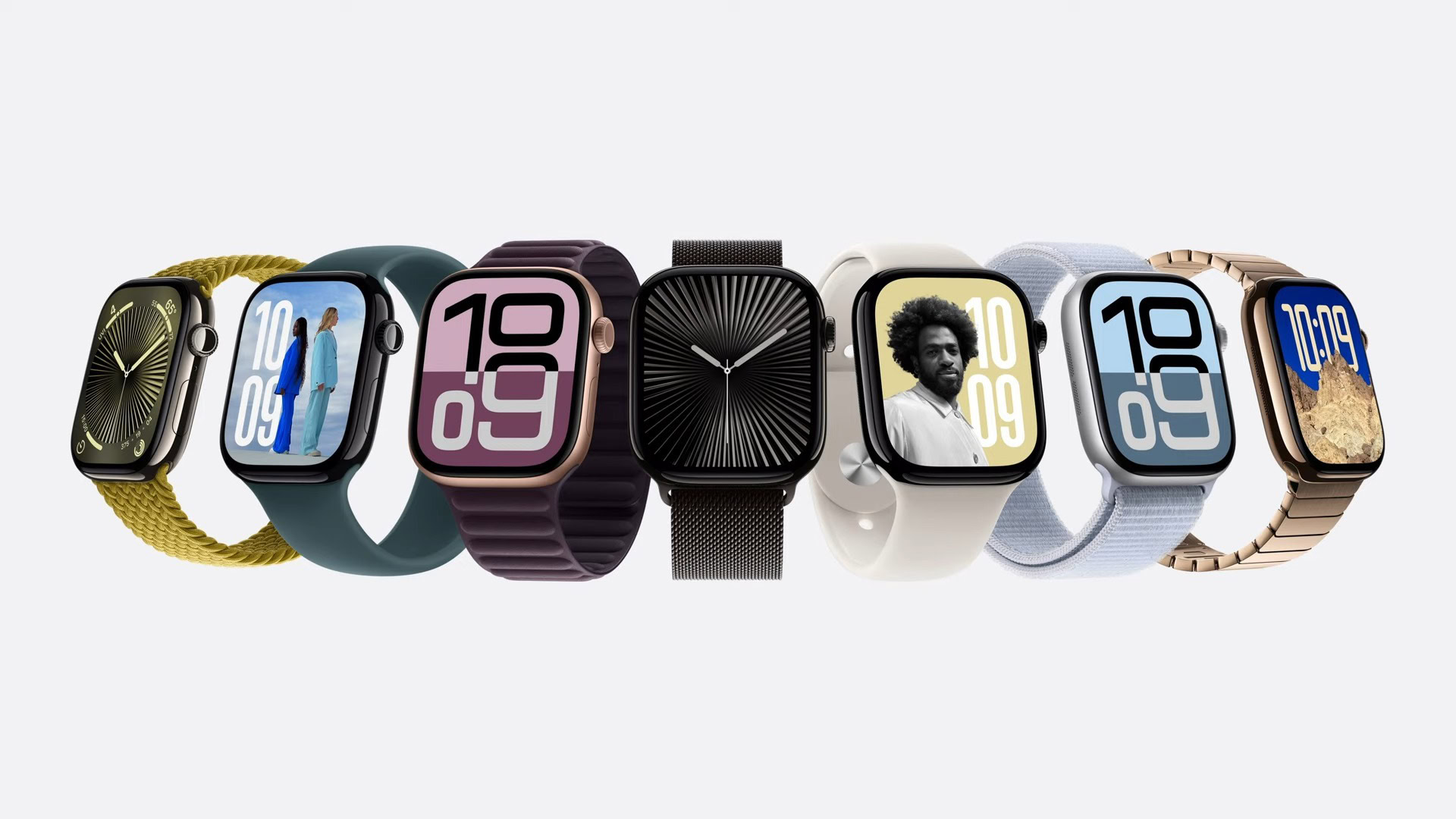Affiliate links on Android Authority may earn us a commission. Learn more.
Now that the Apple Watch Series 10 is here, I'm buying the Series 9
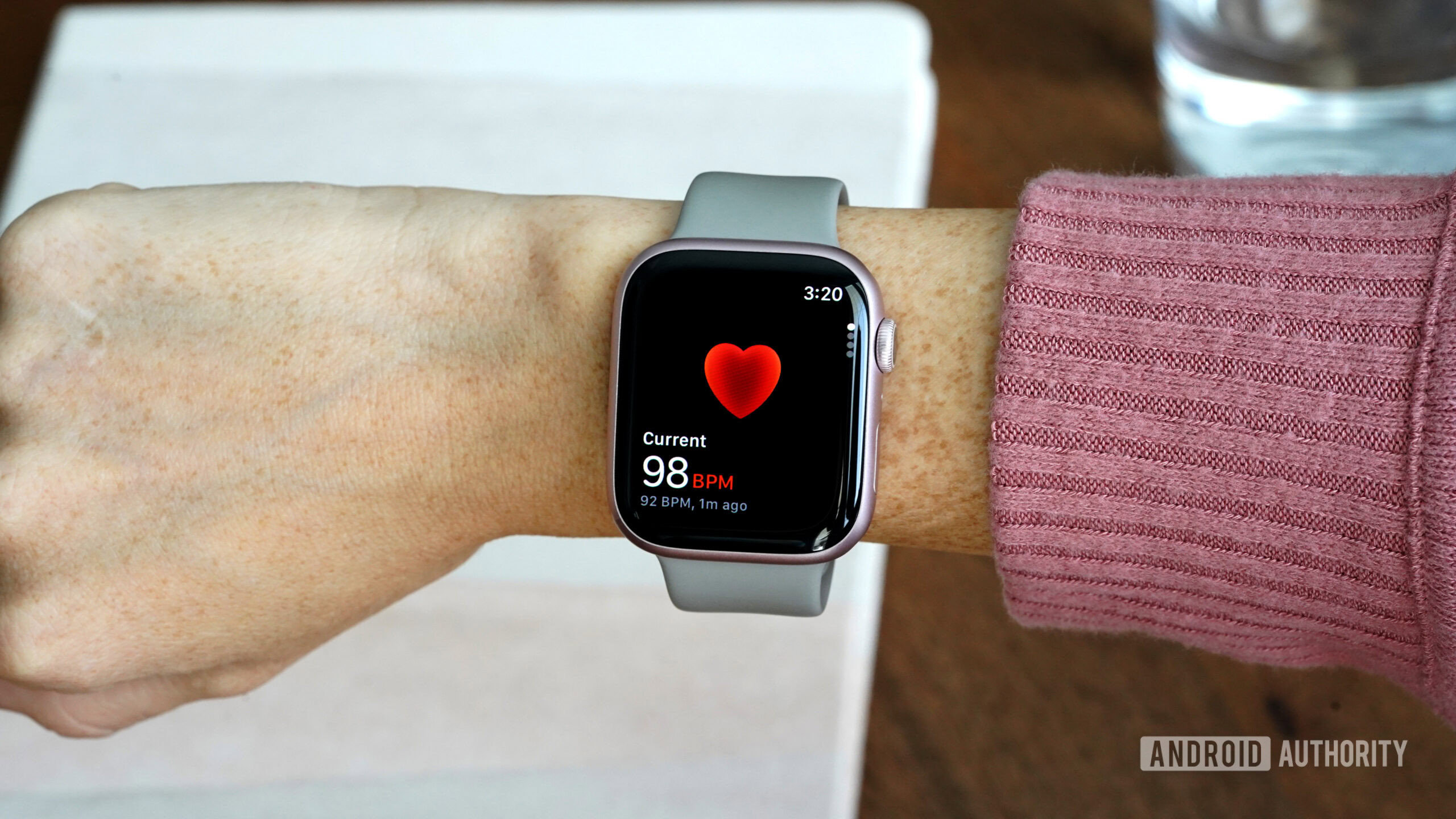
Although it would be particularly hilarious, I doubt Tim Cook would ever stand on stage to announce that Apple’s newest product isn’t the best version the company has ever made. Naturally, the Apple Watch Series 10 is the company’s most impressive smartwatch yet. It’s the latest in the lineup, after all. However, just because it’s shiny and has taken a few steps forward doesn’t mean it’s the best value-for-money option.
With iterative upgrades becoming the norm for smartwatches, considering previous models often makes more financial sense. This is true with the Samsung Galaxy Watch Ultra, an ultra-expensive device that made the aged Galaxy Watch 5 Pro an even more attractive prospect. With the arrival of the Apple Watch Series 10, the Watch Series 9 looks like a better bet.


Yet another iterative upgrade
I don’t hate what’s new, even though I tend to hang onto older devices. However, as innovation across the smartwatch space slows, older devices are aging more gracefully and remain technologically relevant well into their later years.
The Apple Watch line is a great example of this. More recent models have offered many minimal changes, mainly owing to the platform reaching maturity. It’s much more challenging to squeeze breakthrough advancements from a highly refined device than a fresh concept.
So, when the Apple Watch Series 10 arrived, I wasn’t too surprised to find that it boasted few monumental additions. It includes plenty of generational tick-overs, like the larger screen options with better viewing angles, a new Apple chipset, and a titanium body option. Lighter and slimmer designs, along with a built-in speaker loud enough to play music from your wrist, add to the specs list.
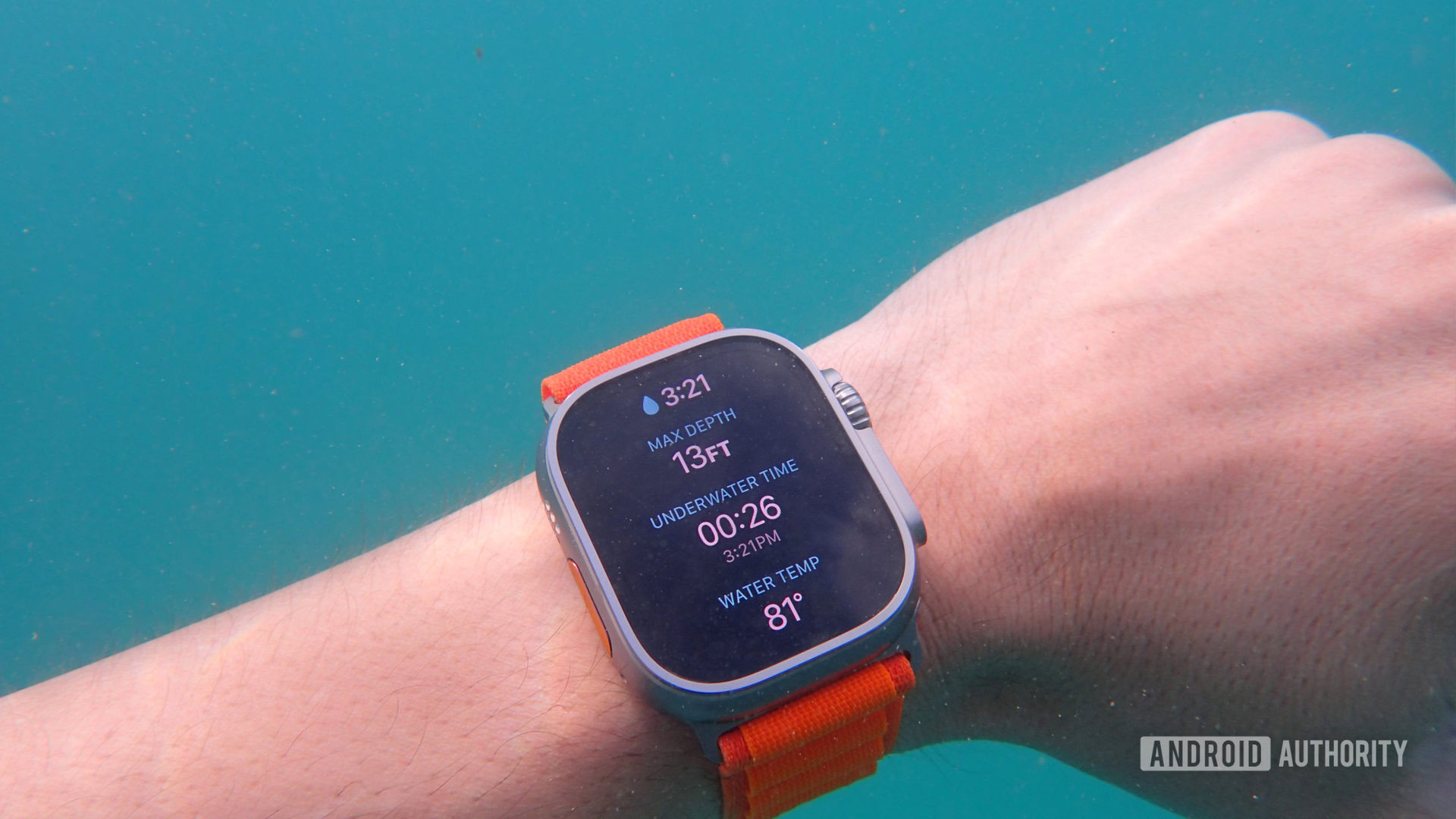
You could argue that all these minor changes make for a major upgrade when viewed as a whole, but the Series 10 is only a minor step up from the Series 9 it replaces. This all rather keeps the older Apple Watch model in play.
When it launched in 2023, the Series 9 didn’t appear to be a significant upgrade over the Series 8 either. Still, it introduced a foundational feature that’ll facilitate several more going forward: its new chipset with a companion neural engine. This combo allows the Series 9 to crunch various AI computations on the wrist, from processing Siri commands on the device (even without an internet connection) to pulling up or logging fitness data with a voice query. To a lesser extent, it also powers the Double Tap gesture control, which can prompt actions across several apps and menus. The Series 9 is chock-full of features.
The Series 10 doesn't do enough to differentiate itself from its predecessor.
Contrast this to the Series 10’s killer feature: water depth and temperature sensors borrowed from the Apple Watch Ultra line. I don’t need to argue that these are decidedly niche. Unless there’s a city where all residents swim to work, these features won’t benefit the general populace. While it makes oodles of sense on a smartwatch built for the great outdoors, it doesn’t quite gel with the Series 10’s use cases.
As a result, the Series 10 doesn’t do enough to differentiate itself from its predecessor. For me, the Series 9 is by far the better buy.
Hardware comes second to software
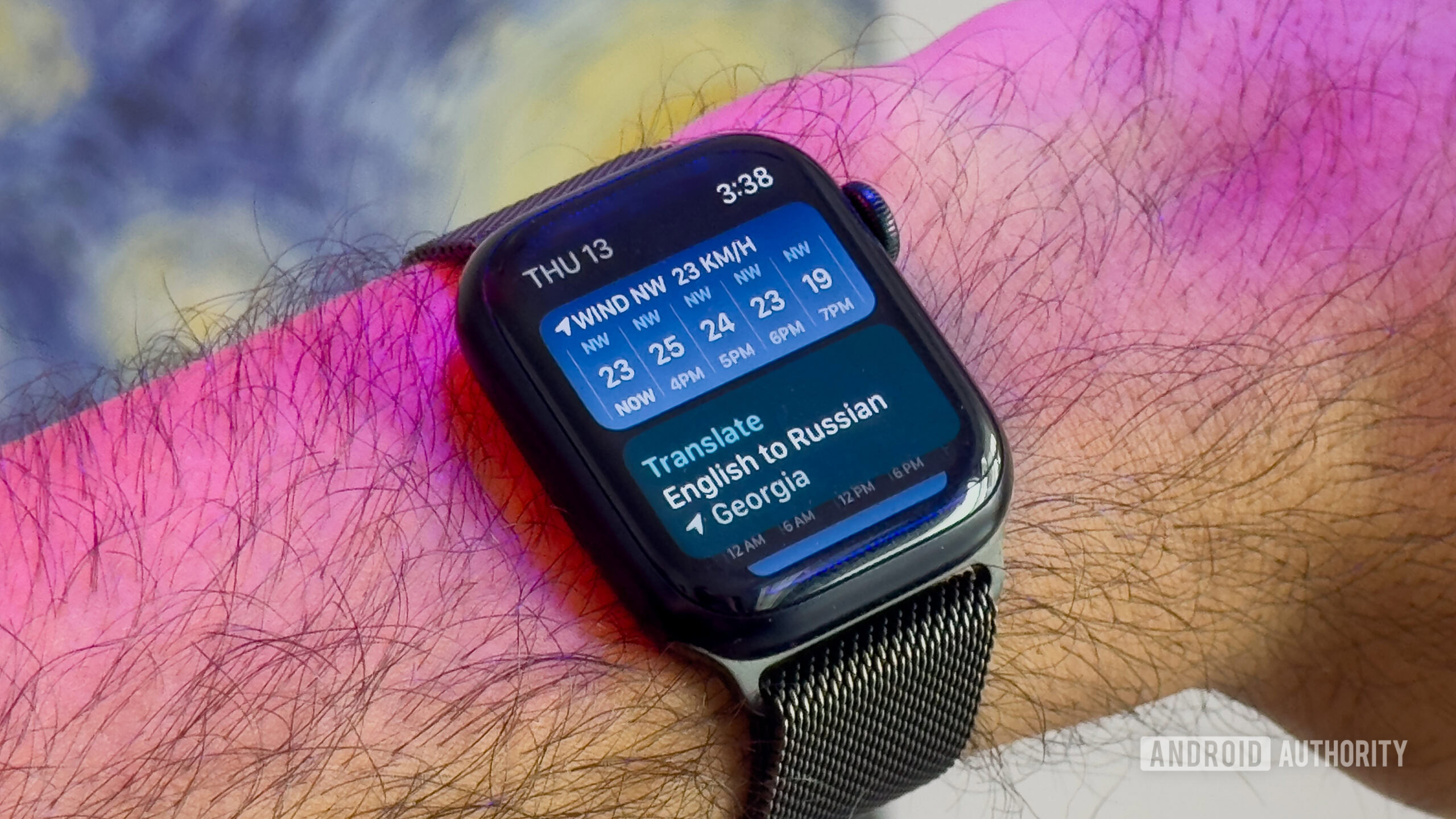
With the Apple Watch not offering many significant hardware upgrades between Series, the biggest user experience changes stem from its software. watchOS 11 brings heaps of updates to the wrist, including sleep apnea detection — an important health feature that debuts on the Series 10.
In a sense, owning the latest Apple Watch hardware is less important than running the latest watchOS version.
Other watchOS 11 advancements include Fitness app updates, including the ability to pause activity rings, the introduction of training loads and vital info, the debut of standalone Translate and Music Recognition apps, and (my favorite) contextual Smart Stack improvements. You don’t need the latest Apple Watch model to gain all these features; arguably, these additions will impact a user’s experience. In a sense, owning the latest Apple Watch hardware is less important than running the latest watchOS version.
Importantly, watchOS 11 will land on the Series 9. It’s not a Series 10 exclusive, even if Apple spent most of its launch event runtime detailing its additions. The Series 9 is also set to receive many, if not all, of the company’s upcoming Apple Intelligence features and future AI developments. Apple generally supports its smartwatches for around five years, so that’s plenty of time to enjoy the spoils of the slightly older but cheaper smartwatch.
I’m buying the Apple Watch Series 9
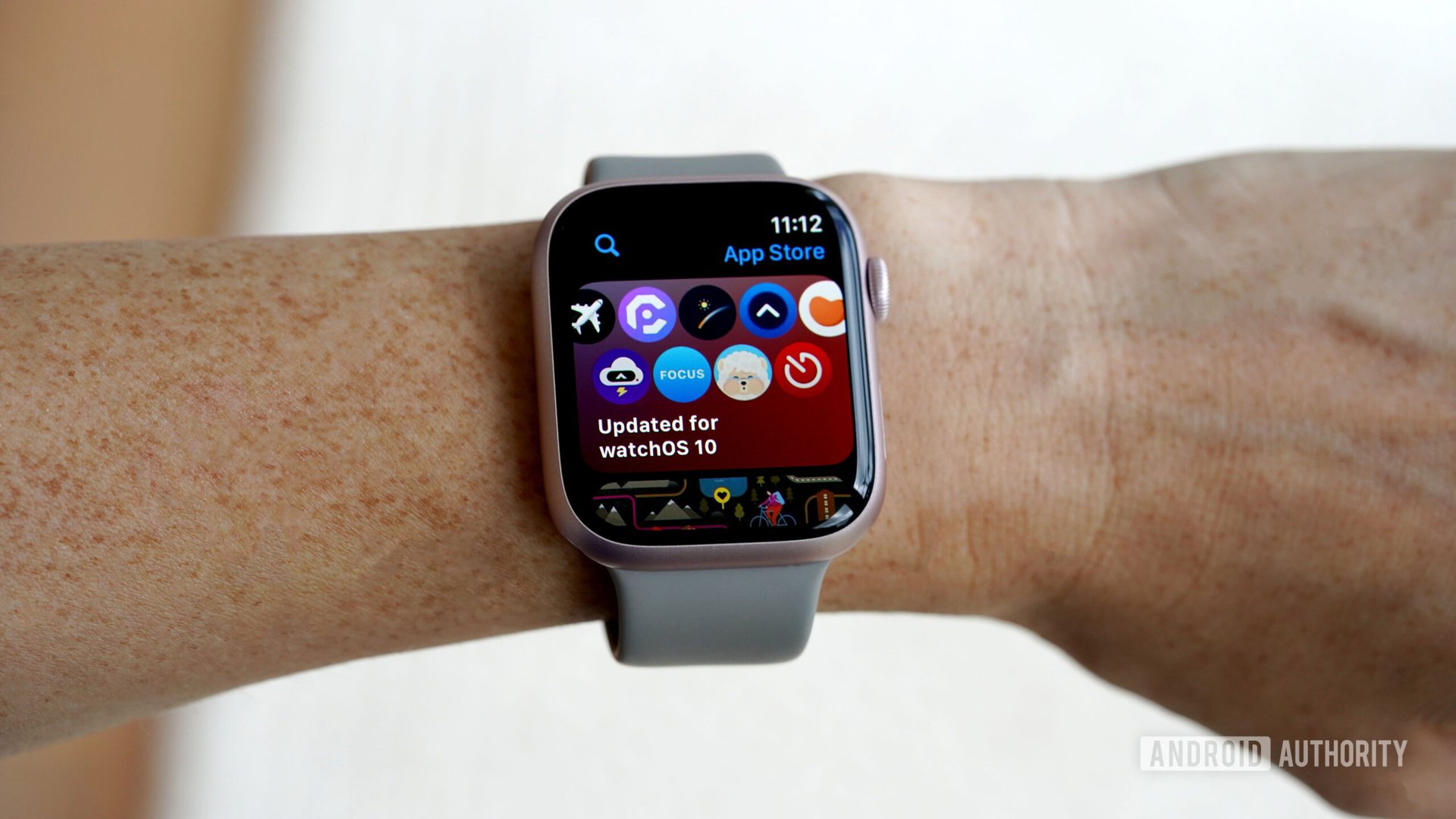
All this means one thing: now’s the best time to buy the Series 9. Don’t get me wrong; I’m not blasting the Series 10 in any way. It’s a solid device on paper, and it’s admirable that Apple continues to pin Apple Watch models at the $399 price point. It just doesn’t offer as much value as its now-discounted predecessor.
A cursory Amazon search suggests the Series 9 can be found for just over $300 and closer to $200 on eBay if you’re shopping on the used market. Even the original Apple Watch Ultra can be bought for around $400 now, making it a great investment, albeit without fancy neural network smarts.
That said, value can be very subjective. One person might care more about the Series 10’s larger display sizes or the music-capable loudspeaker than the next. In this case, I don’t blame you for wanting the new watch. But for those looking for a strong, core Apple Watch experience, the Series 9 still does the job and then some.


